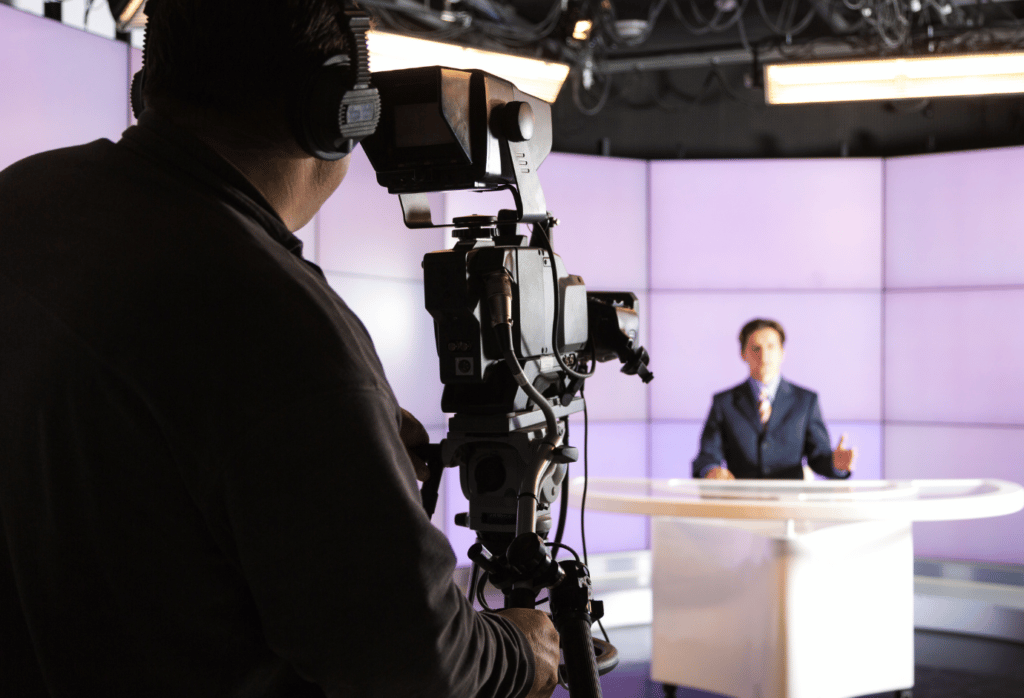Men make up 70 per cent of quoted sources in print media, a new study published today has found.
The Women in Media Gender Scorecard revealed the startling underrepresentation of women in media coverage, both as sources and experts in the news.
The study, published by Women in Media, found that byline authors were extremely gender imbalanced — with men dominating sports stories (82 per cent compared with 18 per cent women), politics (59 per cent male authors vs 41 per cent women) and finance (63 per cent male authors vs 37 per cent women).
Research partner Isentia studied more than 18,000 press, radio and TV news reports across a two-week period in July last year, revealing that gender parity in the media will likely not occur until 2034 — a time frame that’s unacceptable, according to Women in Media Strategic Advisor, Petra Buchanan.
“That is far too long to wait for equal representation of women as authors, sources and experts in the media,” Buchanan said.
“Action in key sectors including retail, sport, health, social issues and education will drive us towards achieving that objective sooner.”
Buchanan believes the research shows that the inclusion, portrayal, and projection of women in Australian media has a way to go and that true parity with men remains a distant goal.
“This report proves that a gender divide still exists,” said Buchanan. “We need the media to ensure more female journalists are writing, producing, fronting and being technically involved in all aspects. Women must be empowered as sources and experts in news and storytelling.”
Women in Media, which was created in 2005, works to highlight women in media, including journalism, communications, production, public relations and publishing. Its Women in Media Gender Scorecard seeks to monitor changes in the way women are represented across media analytics, including bylines, sources, and experts.
Isentia’s Insights Director, Ngaire Crawford, said the Scorecard provides tangible data and transparency on the issue of gender representation in the media.
“This research shows that there is still work to do on what voices are given space and respect in media coverage,” she said. “There is clear work to do across a number of sectors in who they chose to speak on their behalf, and if those choices are reflective of their organisation or their audience.”
“We know that visibility matters, and this type of measurement is crucial to shining a light on fixable bias, and to encourage different choices.”
The report listed a range of recommendations to challenge these figures, calling on industry, organisations and the media to have more women and their expertise broadcast.
The organisation is hoping to continue their efforts in reviewing female representation in the media, and calling on more investment in training and development for spokeswomen as sources.
Other recommendations include a commitment to increasing women’s bylines to 50/50, address and correct the gender imbalance in the coverage of sport, finance, health, and politics and increasing inclusion and diversity efforts in content development.
Buchanan believes these strategies are necessary to correct the existing gender problem.
“Imposing a gender lens on the media is an important way to monitor progress and identify where effort, investment and action can be taken to address female under-representation,” she said.
Celebrated gender equity champion and Scorecard spokesperson, Catherine Fox AM published an Op Ed this morning in The Age, remarking on the study.
“Claims there haven’t been enough women with experience or clout to be quoted are well past their use-by date,” she wrote. “Many high-achieving women in the business sector have told me about the demoralising flak they routinely get from male colleagues after being quoted in the media or speaking at conferences.”
“The Women in Media data shows the need for intentional and focused intervention on gender equity. Leaving crucial efforts to bridge the gender gap to the passage of time has not worked.”

